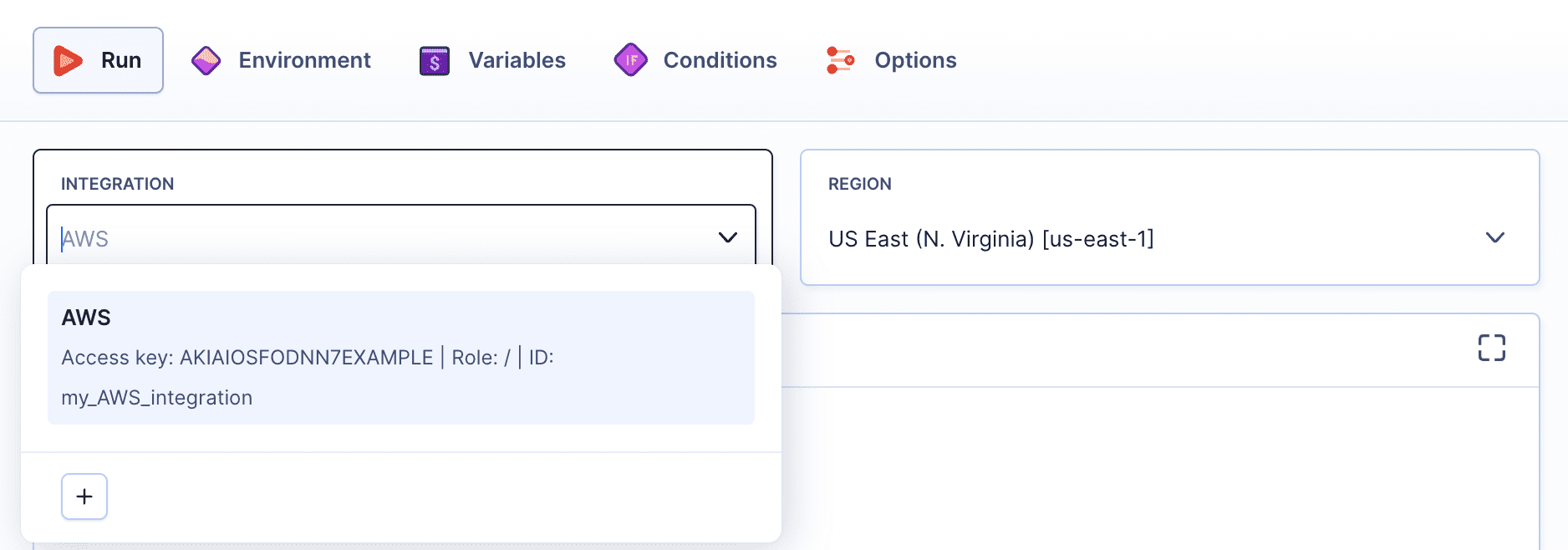
March 27, 2024
Custom integration IDs
Why the change?
Ease of use is at the forefront of our design philosophy. Up until now, assigning integrations to actions, was - in a way - permanent. Those hard-set assignments forced extra busy work when swapping integrations or exporting/importing pipelines. The current change is but a first step towards better, more streamlined integration management.
Custom integration IDs
Newly added integrations now get a new identifier that's visible next to the integration's name. This identifier replaces, previous randomly generated hash and serve as reference in YAML, variables,
 Assigning integration ID
Assigning integration ID
hash_id. However, they will be displayed as integration ID.
For any new integrations you add, there is now the option to create a custom identifier. This custom identifier can consist of numbers, uppercase and lowercase letters, digits, and an underscore up to 255 characters. Unless the integration scope is set to project, it must be unique within your workspace. Once you set the identifier, it cannot be modified.
The new custom identifier will be displayed next to the integration's name in dropdown menus instead of the previous hash_ID. This change aims to make it easier to identify and manage integrations in your workspace.
 New ID in the dropdown menu
New ID in the dropdown menu
If you are configuring integrations using YAML, remember to include the custom identifier in the new integration field to ensure proper setup. For example:
- action: "LS"
type: "AWS_CLI"
region: "us-east-1"
integration: "my_AWS_integration"
execute_commands:
- "aws s3 ls s3://my-aws-bucket"Benefits
You can now know what integration are you using at a first glance. Furthermore, if your integration scope is set to project, you can use the same ID (e.g. my_aws_integration) in different projects that will relate to different integrations. This will make exporting and importing pipelines between workspaces much easier.
If you have any questions or need further assistance, feel free to reach out!
Share:

Jarek Dylewski
Customer Support